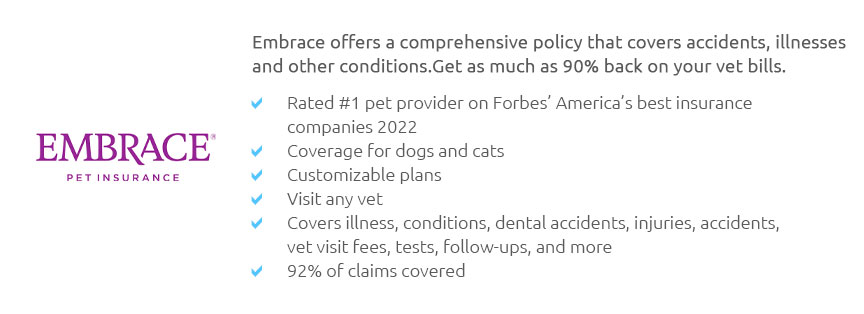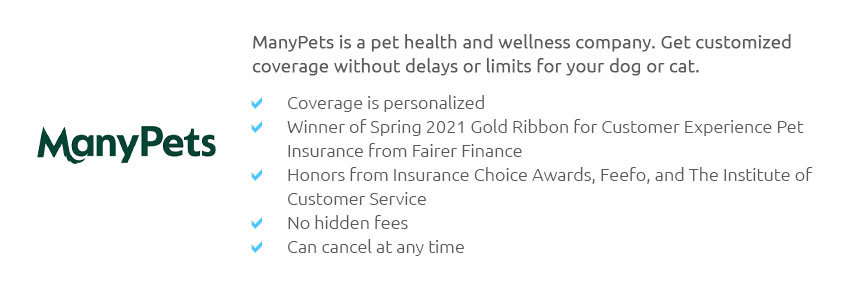 |
 |
 |
 |
 |
 |
|
 |
|
 |
|
 |
|
 |
|
 |
 |
 |
 |
 |
 |
 |
 |
pet insurance no excess fee: what it means for your budgetHow it worksWith a no excess policy, the insurer pays from the first dollar of an eligible vet bill, so small treatments don’t get swallowed by a deductible. Think of a lively terrier with recurring ear infections at £95 a visit; with a £75 excess you’d cover most costs yourself, but with no excess the policy picks it up (subject to limits), and you focus on care, not arithmetic. Premiums can be higher, and some plans apply per-condition caps, co-pays, or waiting periods. Check whether claims are reimbursed or paid direct to the clinic, and how repeat meds are handled. When it makes senseFrequent, lower-cost visits-allergies, chronic skin issues, or monthly arthritis shots-are where this structure shines. It can also help new puppy owners facing unpredictable mishaps, while still being mindful that wellness add-ons or pre-existing conditions might be excluded.
https://www.primepetinsurance.com.au/pet-insurance-no-excess
No excess pet insurance from Prime Pet Insurance. No matter what level of coverage you have with us you won't have to pay any excess. https://www.petsure.com/pet-insurance
Lifetime. Pet Insurance. Up to 15,000 vet fees - reset each year you renew; Cover for most pre-existing medical conditions; No compulsory excess or bill ...
|